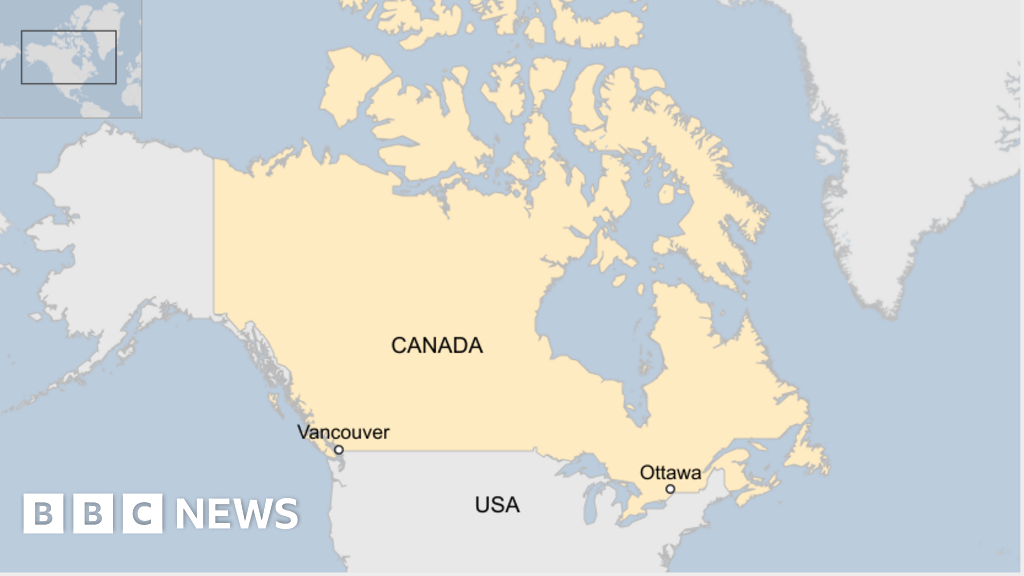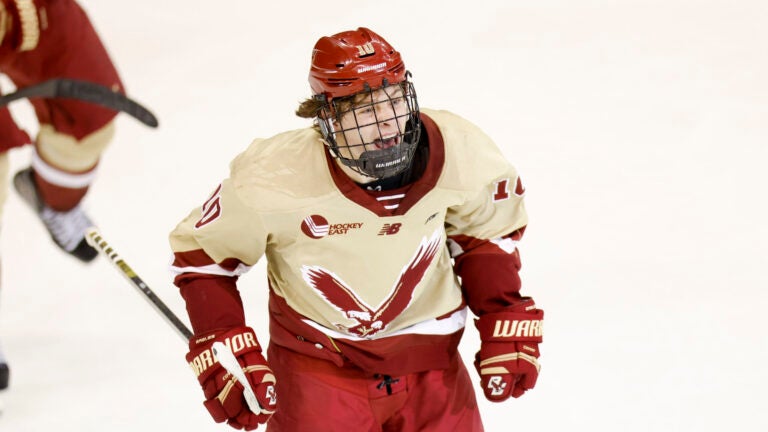How health will be hurt by cuts at the nation's medical research agency

When President Trump took office in January, he tapped the Department of Government Efficiency, known as DOGE, to shrink the federal government. The National Institutes of Health, the largest funder of biomedical research in the world, has since fired 1,300 employees and cancelled more than $2 billion in federal research grants. Dr. Francis Collins, who led the agency for 12 years under three administrations, says this aggressive downsizing could impact the health of Americans for generations to come. "When you're talking about medical research, when you're talking about people's lives, when you're talking about clinical trials for Alzheimer's disease or cancer that may take three or four years, you can't just go in and decide, 'I'm going to shut those down and maybe I'll try something else.' Those are people's lives at risk," Collins said. According to NIH employees, work on child cancer therapies, dementia and stroke have slowed or stopped because critical lab and support staff were let go.NIH the largest supporter of biomedical research in the worldThe NIH is a massive agency with a $47 billion budget. The agency is made up of 27 institutes and centers and sits on a 300-acre campus in Bethesda, Maryland. As the world's largest funder of biomedical research, the NIH has contributed to massive biomedical breakthroughs. According to Dr. Collins, deaths from heart disease are down by 75% in the last 40 years because of NIH. The agency is also behind lifesaving antiretrovirals that treat HIV and AIDs and treatments for stroke. "Every dollar that NIH gave out in 2024 to a grant is estimated to have returned $2.46 just in a year. That's a pretty darn good return on investment," Collins said. A 2023 Journal of the American Medical Association study found 99% of drugs approved by the Food and Drug Administration between 2010 and 2019 had ties to research or work funded by the NIH.More than 80% of the NIH budget goes to universities and research institutes outside the NIH, Collins said. "They're the ones that do the work, but they get the funds from NIH by writing very compelling grant applications that go through the most rigorous peer review system in the world," Collins said.What happened at NIH after President Trump returned to the White House In the weeks after the inauguration, the Trump administration moved quickly to cut federal spending. At the NIH, Dr. Collins said workers were told not to start any new projects and the ability to order supplies was temporarily cut off. "But then, they put a $1 limit on what you could order. There's not much you can order for $1," Collins said. Insiders at the NIH told 60 Minutes that even after a six-week spending freeze at the agency was lifted, some shelves and refrigerators that held supplies for trials and patients remained empty because much of the staff that procured those supplies were fired. Some workers at the agency, including one physician scientist who asked to remain anonymous, fear losing their jobs if they spoke up."You can't run an organization as complicated as NIH without a support system. Doctors and nurses and scientists can't function without a lot of other resources," the NIH insider said. "They need an entire support infrastructure. And that has now been decimated."Morale at the NIH dropped starting in February, when more than 1,000 probationary employees were placed on leave, the NIH employee said. Immediately after that, workers began trying to assess the damage and determine if they could still care for patients and research participants. "This didn't come from within NIH, it came from outside, they don't know what these people do," the NIH worker said. Some of the fired employees have been brought back. Others are still being paid, but are not allowed to work.Earlier this month, a Trump administration plan to cut the NIH budget by more than 40% — or $20 billion — was leaked to the press. The preliminary budget sent shockwaves through the NIH and the wider scientific community that relies on the NIH to fund research.It is the largest proposed budget cut by an administration to the NIH, but not the first. Most recently, Presidents G.W. Bush and Obama made small cuts to the agency.Dr. Jay Bhattacharya, a former Stanford professor whose research focused on the economics of health care, and who opposed broad lockdowns and mandates during the pandemic, was confirmed as the new director of the NIH late last month. He declined a request from 60 Minutes for an interview, but at his Senate confirmation hearing, outlined his vision for the NIH."If confirmed, I will carry out President Trump and Secretary Kennedy's agenda of committing the NIH to address the dire chronic health needs of the country with gold standard science and innovation," he said during the hearing. One way the NIH will carry out that agenda, Bhattacharya says, is by creating a new comprehensive database to study chronic disease. The NIH will also, in response to a request by United States Department of Health and Human Services Secretary Robert F. Kennedy, invest $50 million to study autism, a topic Kennedy has clashed with scientists on for years. "Scientific progress on this has been slow because scientists are frankly scared to ask the question," Bhattacharya said during a news conference. "The goal of my leadership, the NIH is going to make it so those questions are no longer taboo among scientists."He recently told agency advisers that he is working hard to undo some of the recent "disruptions" at the NIH. He called the proposal to cut the agency's budget by more than 40% "the beginning of a negotiation."The leaked budget draft includes plans to consolidate the institutes and centers into eight, and eliminate four others. The potential "brain drain" University of Washington doctoral candidate Kristin Weinstein lives in Seattle with her husband and 10-month-old son. She's studied cancer and autoimmunity for the past 10 years and hoped to continue her research in the U.S. after graduation. But now, Weinstein and her family are considering leaving the U.S. "It's in some ways bleak," Weinstein said. "Nationwide there is a hiring freeze at virtually every major academic university." She's not alone; a Nature survey of 1,600 scientists found that 75% are considering leaving the U.S. to work internationally. Australia, Europe and China have already boosted recruitment efforts hoping to capitalize on the potential brain drain.Researchers impacted across the U.S. Confusion at the NIH has paralyzed many of the 2,500 universities and institutes that rely on the NIH to fund their research.Scientists say projects on HIV and AIDS, trans health and research related to COVID-19 were terminated after researchers were notified that their work "no longer effectuates agency priorities."Last week, the NIH signaled that more cuts could be coming, announcing that any university that has a DEI program or boycotts an Israeli company might not be awarded new NIH grants, and could have existing grants terminated.Beth Humphrey, a 68-year-old grandmother, was diagnosed with Alzheimer's last year. She joined an NIH-funded study run by Duke University and the University of North Carolina."It has made me feel a little more empowered against the disease," she said. "It is sort of my way to fight back."But now, that study could be in jeopardy. In an effort to cut waste, the Trump administration wants to limit the amount of grant money higher education institutions can use for "indirect costs" or overhead, which include items like administrative and facility expenses. Critics say indirect costs are a slush fund for universities. But universities say the funds are crucial, used to pay for facilities like brain banks and the workers who monitor them. Universities warn the proposed cut will cost them billions of dollars, and will have a "dire impact" on "life-saving" trials and research. Twenty-two states, including North Carolina, are challenging the proposed policy in court. For now, shakeups at NIH are leaving some patients like Humphrey concerned."When that hope of a possible treatment is taken away, you're left with nothing but the disease," Humphrey said. "And there really needs to be hope."
















